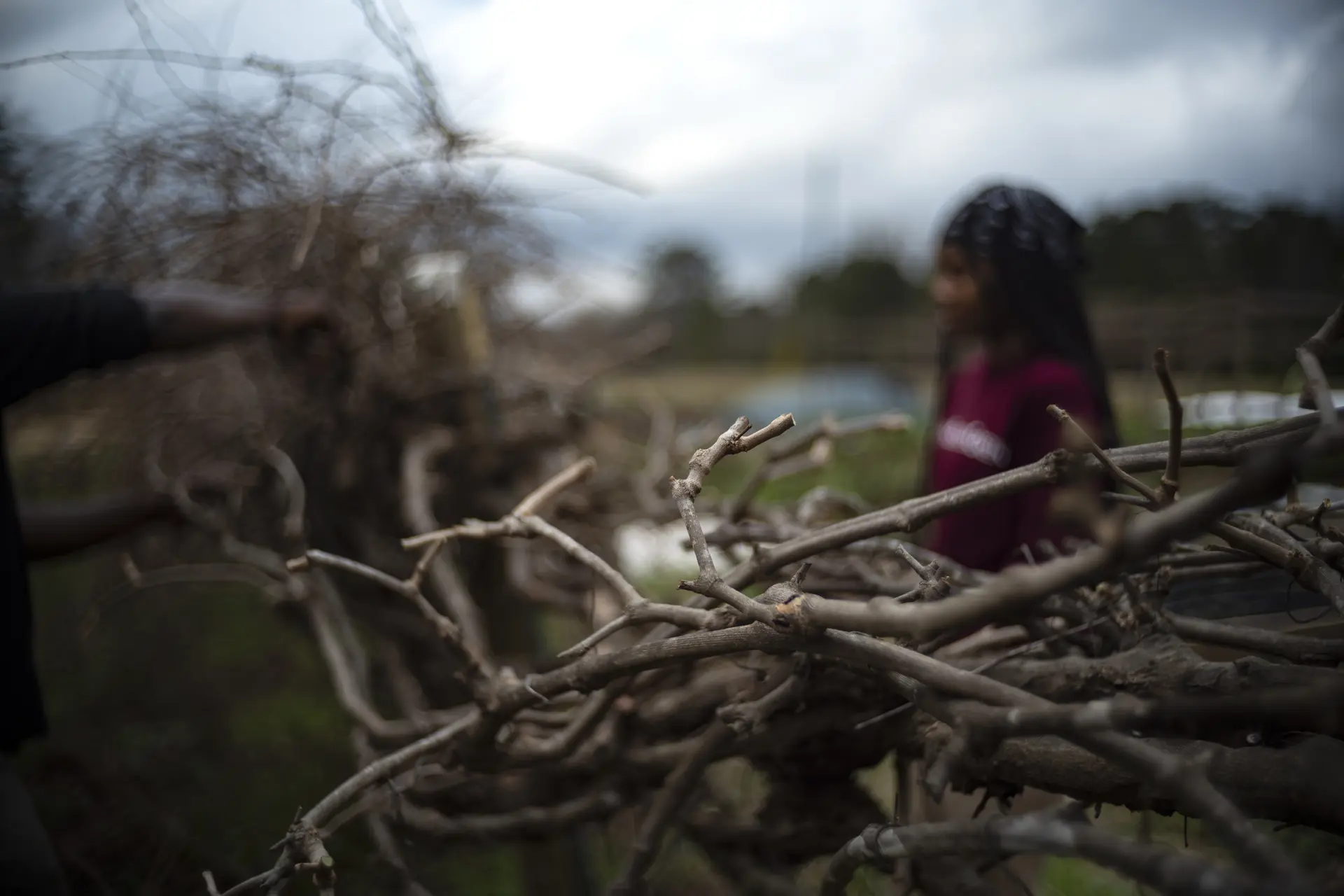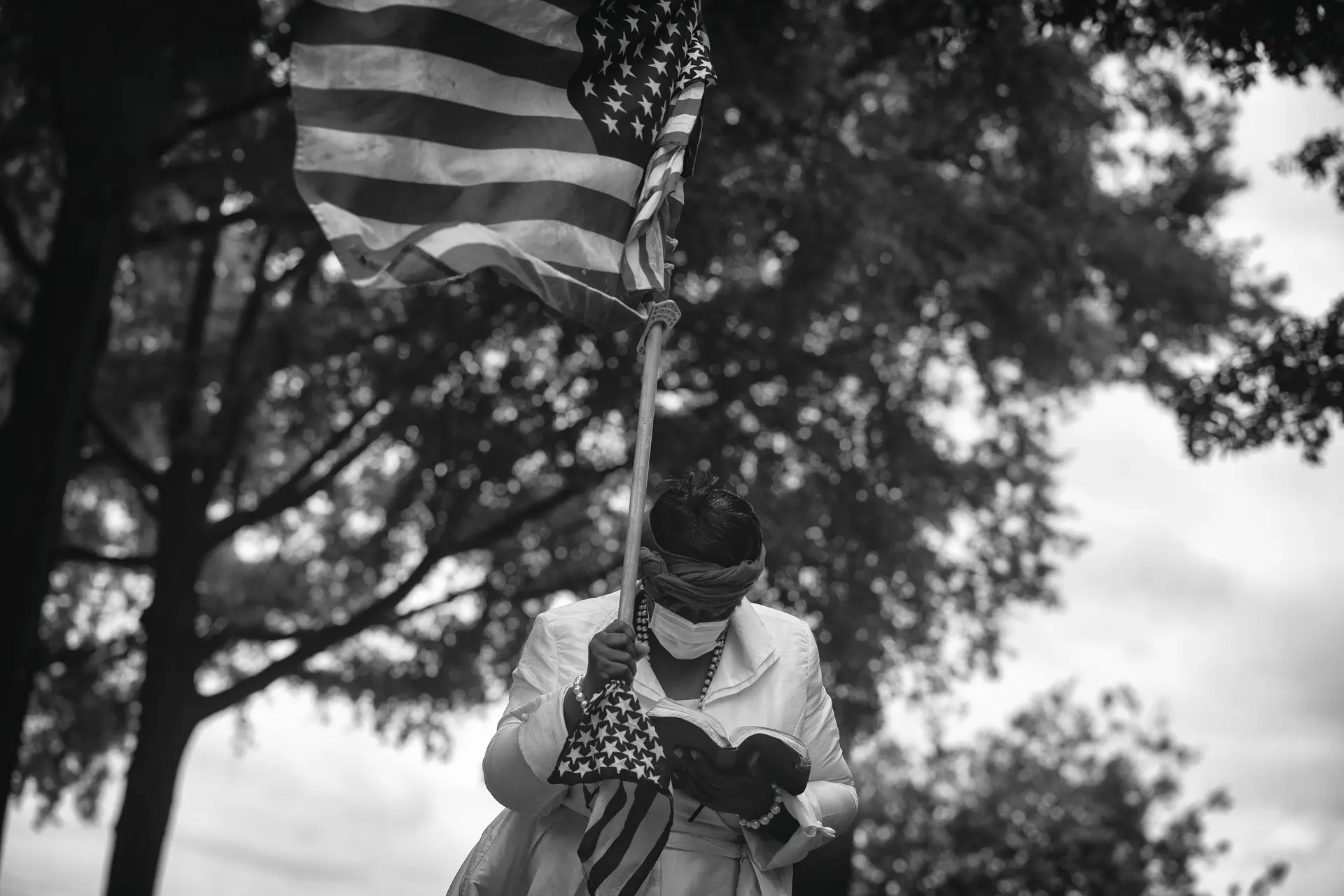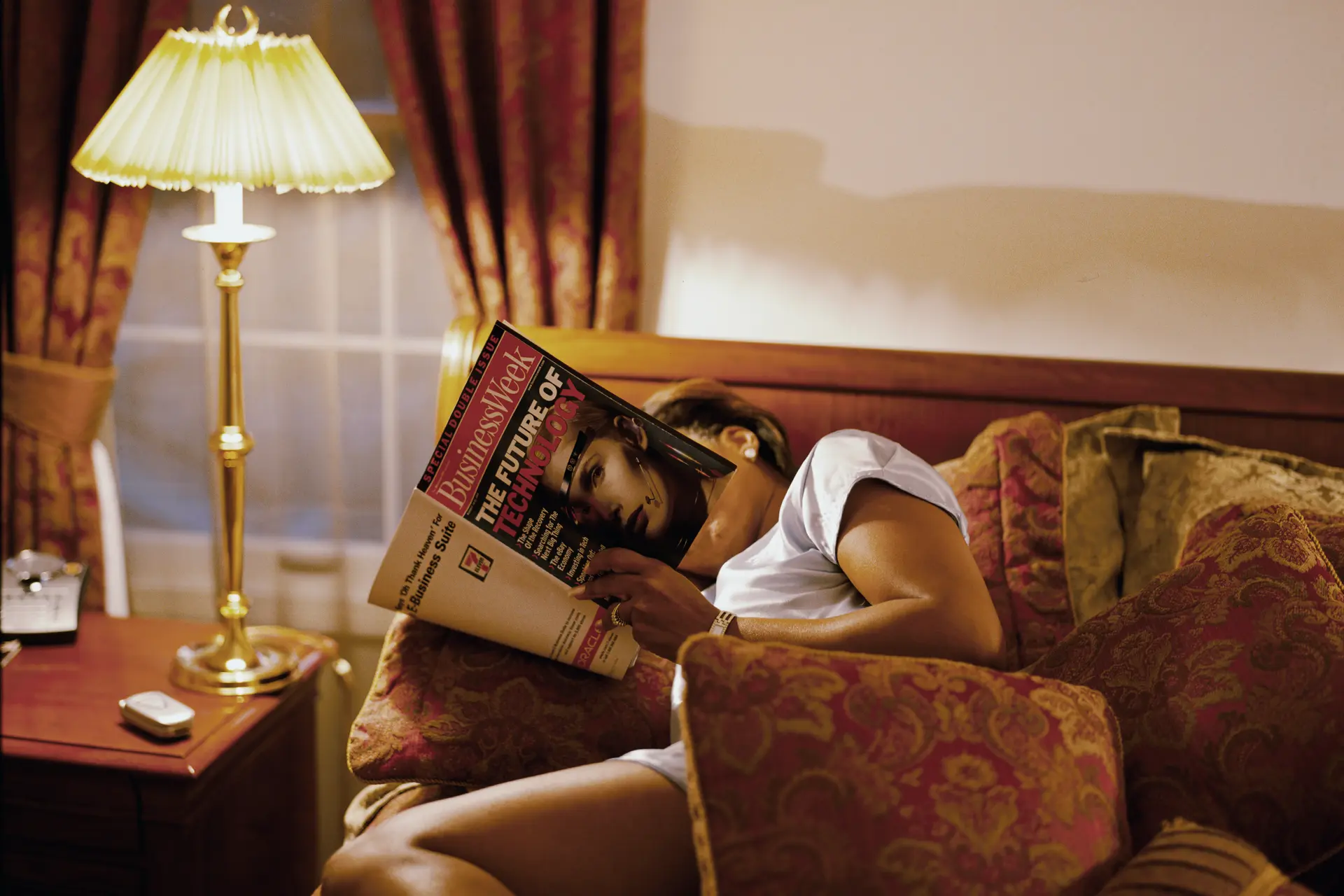Sheila Pree Bright
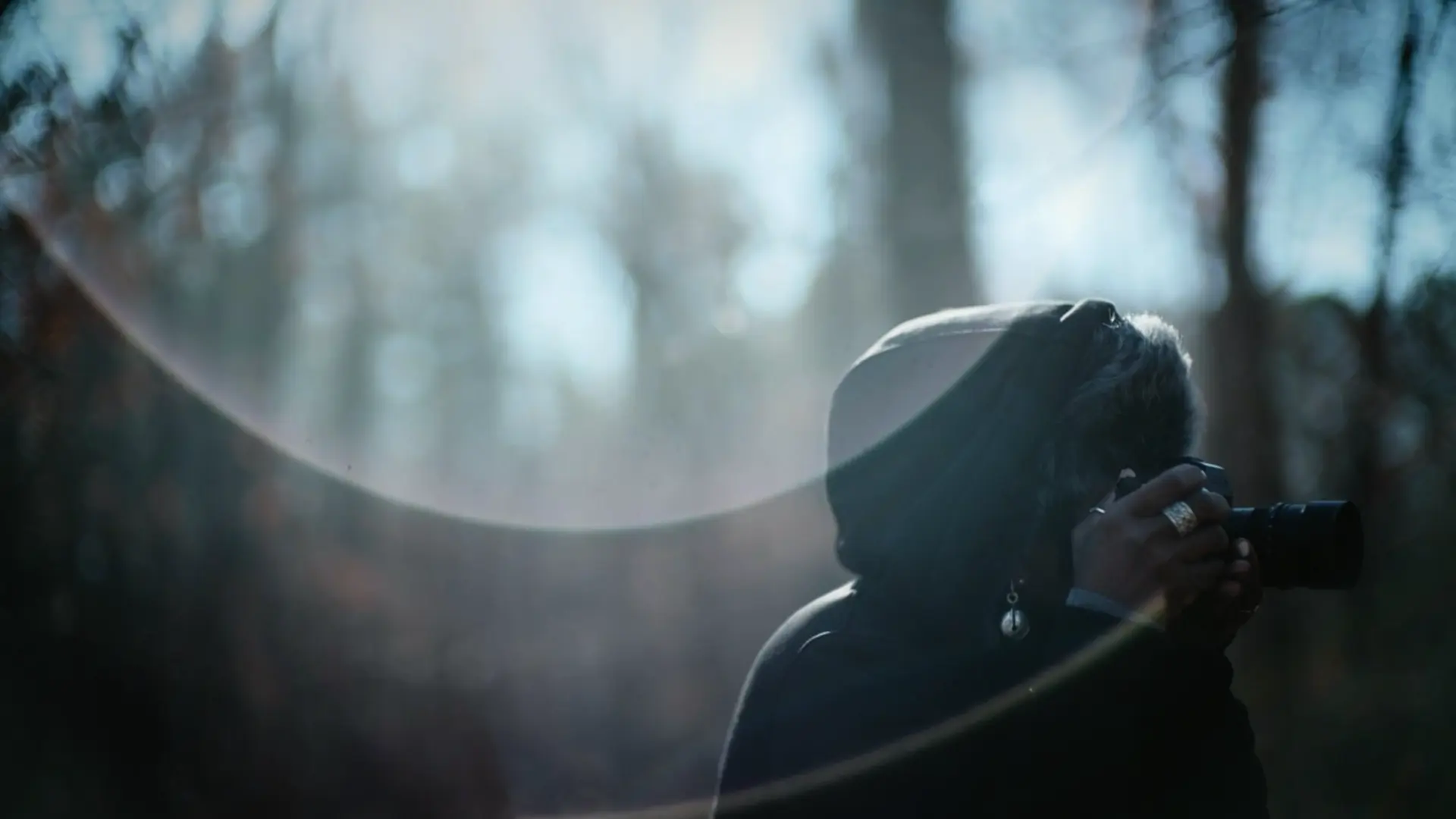
Leica Storyteller Sheila Pree Bright: Seeing the Unseen, Hearing the Unheard
If there were one singular expression to describe Sheila Pree Bright, it would be “still waters run deep.” I had the pleasure of meeting Sheila for this interview. She is soft-spoken, thoughtful, and has a child-like curiosity. But to spend time with her is to know that beneath the façade of first impressions is a woman burning with creativity and insight. Sheila Pree Bright is a storyteller, a self-proclaimed photographic artist, and she cares deeply about seeing the unseen and hearing the unheard.
Nowhere are her gifts more evident than in her best-known works: #1960Now, Suburbia, Plastic Bodies, and Young Americans. She portrays large-scale works that combine a broad range of knowledge of contemporary culture. Her nominations, awards, and exhibitions are numerous and too many to name here.
Her love affair with Leica began in 2016. After seeing her work, Eric Luden of Digital Silver Printing, had the foresight to recognize that Sheila and Leica were a match made in heaven. I asked her about her first Leica, the Q, and she said, “It felt good in my hand, and I fell in love with how it rendered color. Switching to Leica opened a whole new world for me.”
It was the perfect way to start our conversation.
RR: As a Leica ambassador and storyteller, when you’re shooting with the SL, can you describe your personal connection to it?

SPB: The connection to the camera definitely translates into my work. The SL system has a certain feel to it that I really can’t put it into words. When I’m shooting, it allows me the freedom to concentrate on my creativity instead of worrying about the camera. I don’t have to think about anything else.
RR: Given all the SL’s capabilities, how technical are you when you are working?
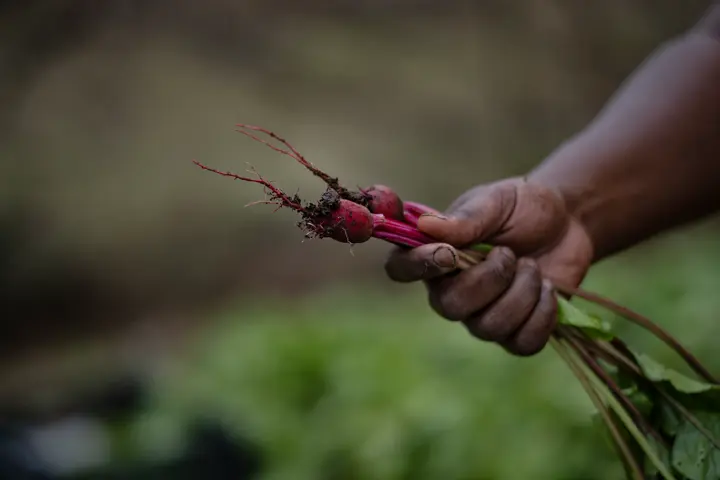
Sheila Pree Bright
SPB: I’m a self-taught photographer, but when I first started out, I also learned a lot from professional photographers. They taught me about the basics, using shutter speed and aperture. To this day, I shoot manually with my SL. I’m always dealing with the dynamics of f-stops and shutter speed, and it allows me to create the images I’m photographing. I can be technical, but I want to concentrate on my feelings and what I see when I’m working.
RR: With all the auto-focus technology in the SL, it’s interesting that you shoot everything in manual mode.

Sheila Pree Bright
SPB: I do shoot some of my protest images on auto focus and auto settings. It depends on the situation, but I shoot protests in manual mode, too. It’s more about my activity and artistic practice.
RR: I love that you refer to yourself as a Photographic Artist and that you have a “practice.” How did you arrive at that description?
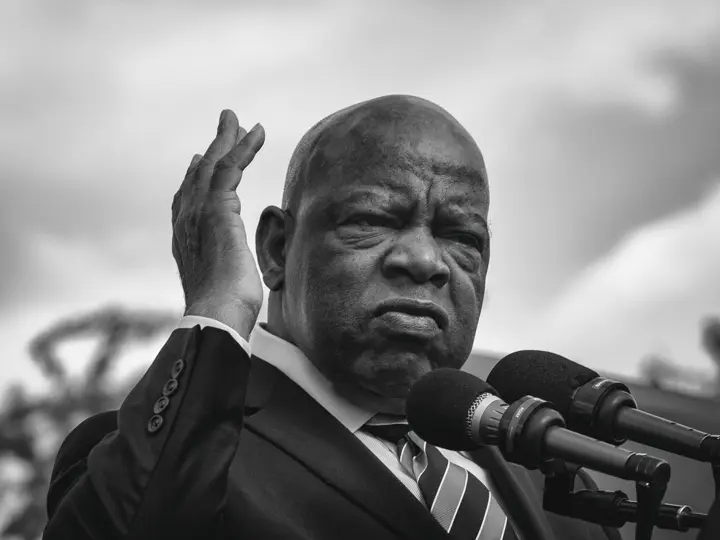
Sheila Pree Bright
SPB: Before I entered school to receive my MFA in photography, my shooting style varied from portraiture to documentary. Graduate school expanded my understanding of the Conceptual Art Movement of the 1960s and 1970s. It emphasized the importance of an idea or concept over technique and aesthetics. I think of myself as an artist who blurs the line between fine art, documentary, and portraiture.
RR: I can tell from speaking with you that you’re an introvert. I know it isn’t easy for introverts to make themselves engage with others. How have you dealt with that part of yourself and how does it play into your work?
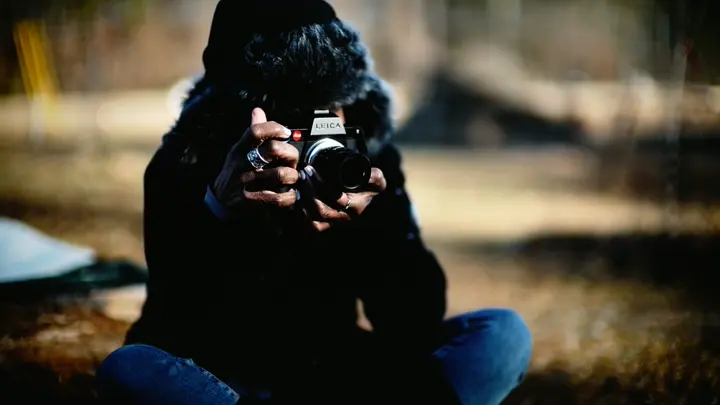
SPB: The camera is my buffer. I like to say it’s my alter ego. People tell me that I don’t make the same type of images that are projected in the media. The camera allows me to capture quite moments. I shoot a lot with portrait lenses because I don’t want you to just look at my images, I want you to hear and feel the images I make, to engage with them.
I come from a military family, and I grew up in Germany until I was about seven years old. I remember the first time I realized I was black. Someone called me the N-word. I couldn’t understand why people looked upon me differently. That moment has stayed with me and is reflected in my practice.
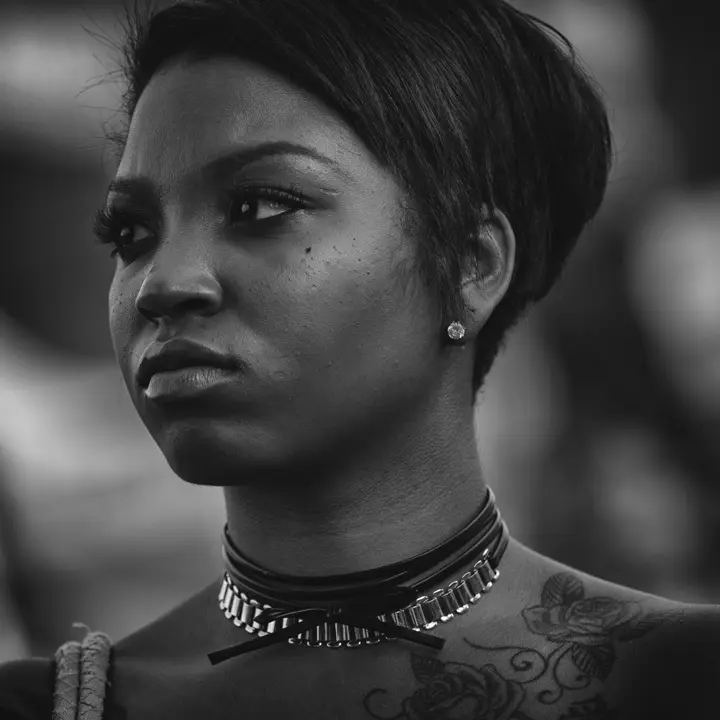
Sheila Pree Bright
SPB: I think about Gordon Parks and the legacy he left as an African American. He came from nothing, and yet he used his camera as a weapon to tell stories about Black culture and I’m a part of that. I want to show a different perspective and that the Black community is not a monolithic group of people, but alive with diversity, showing the universal commonality amongst all of us. Hopefully, my work will stand in the future as a blueprint for young people to learn from and for the next generation of story tellers to share their stories to impact the world.
RR: Sheila, your work is compelling, and I have enjoyed learning more about you. Do you have any parting thoughts you want to share about Leica?
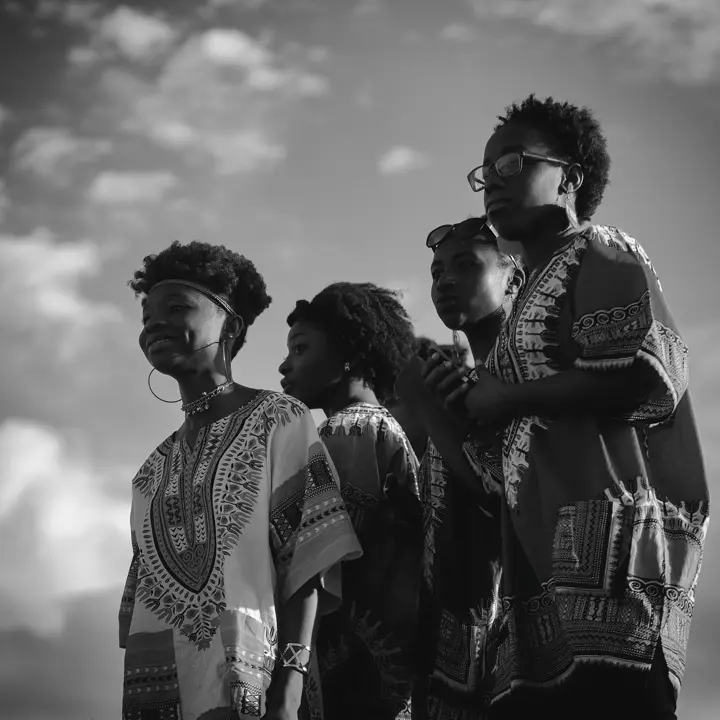
Sheila Pree Bright
SPB: Leica is opening doors and venturing out to reach women photographers. I like being an ambassador for Leica and how they are amplifying our voices to share our stories.
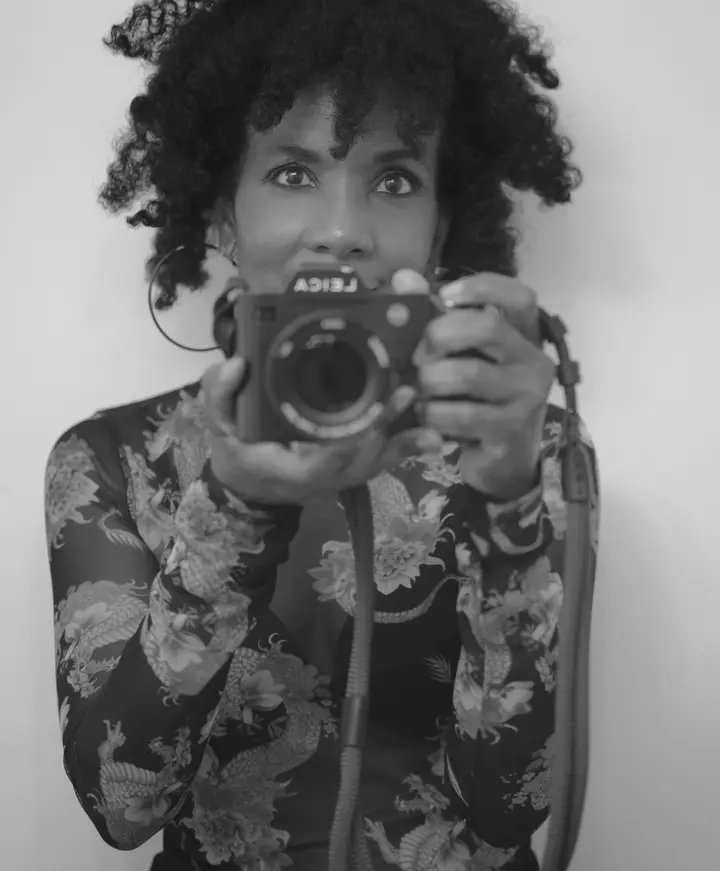
Connect with Sheila
Her story doesn't end here.
Continue the journey with Sheila on social media:
Instagram: @shepreebright
Facebook: Sheila Pree Bright
Twitter: @shepreebright
